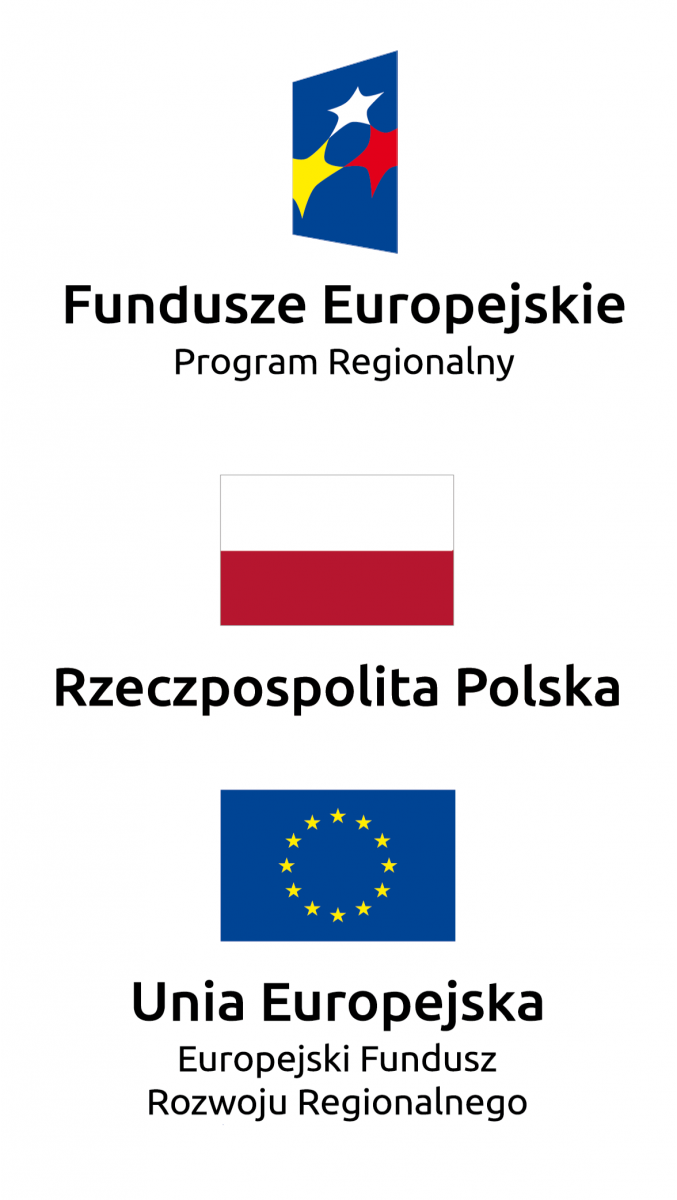| Title | A novel Discrete Wavelet-Concatenated Mesh Tree and ternary chess pattern based ECG signal recognition method. |
| Publication Type | Journal Article |
| Year of Publication | 2022 |
| Authors | Tuncer T, Dogan S, Plawiak P, Subasi A |
| Journal | Biomedical Signal Processing and Control |
| Volume | 72 |
| ISSN | 1746-8094 |
| Keywords | ECG signal recognition, Machine learning, pattern recognition, Ternary chess pattern, Wavelet mesh tree |
| Abstract | Electrocardiogram (ECG) signals have been widely used to diagnose heart arrhythmias. In order to detect these arrhythmias using ECG signals, many machine learning methods have been presented. In this article, a novel Discrete Wavelet Concatenated Mesh Tree (DW-CMT) and ternary chess pattern (TCP) based ECG signal recognition method is presented. The proposed ECG signal recognition method consists of 4 main steps: pre-processing using DW-CMT, feature extraction using TCP, feature selection, and classification. In the pre-processing step, 15 sub-bands of an ECG signals are generated. By using TCP, features are extracted from the sub-bands of the ECG signal. The extracted features are concatenated in the feature concatenation phase. In order to select distinctive features, the neighborhood component analysis (NCA) based feature selection method is used and the 128 most distinctive features are selected. In order to demonstrate the strength of the extracted and selected features, conventional classifiers which are linear discriminant analysis (LDA), k-nearest neighbor (k-NN), support vector machine (SVM) are used. To test the success of the proposed method, the MIT-BIH dataset and St. Petersburg dataset were used. The 96.60% maximum classification accuracy is achieved for the MIT-BIH dataset using k-NN and 97.80% accuracy is achieved using SVM for St. Petersburg ECG dataset. The obtained results clearly prove the success of the proposed method. |
| URL | https://www.sciencedirect.com/science/article/pii/S1746809421009289 |
| DOI | 10.1016/j.bspc.2021.103331 |

